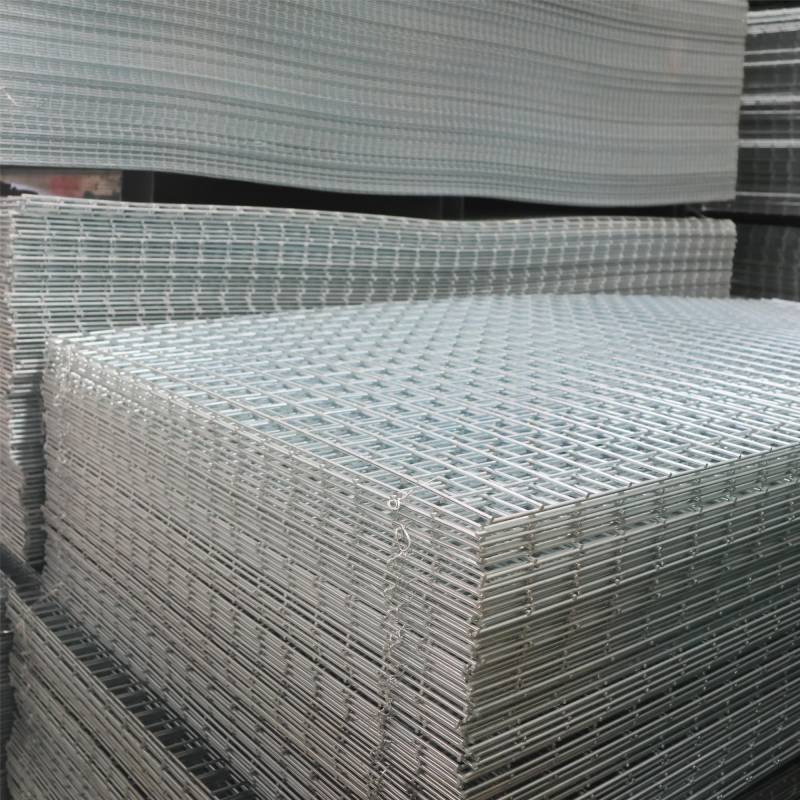wire cloth manufacturer
The Evolution of Wire Cloth Manufacturing
Wire cloth, a versatile and essential material in multiple industries, has seen a remarkable evolution from its early inception to the advanced manufacturing techniques we witness today. Wire cloth, also known as wire mesh, comprises woven or welded wire strands and is widely utilized for filtration, separation, and reinforcement in construction, agriculture, mining, and even food processing. This article delves into the history and advancements in wire cloth manufacturing, revealing its significance in various sectors.
Historical Background
The origin of wire cloth can be traced back to ancient times when artisans created basic woven wire products for rudimentary applications. Initially crafted from metals like bronze and iron, these primitive wire cloth structures served functions such as sieving grains and providing protection against pests. The manufacturing process was labor-intensive, utilizing hand-weaving techniques that limited production capacity and design versatility.
With the advent of the industrial revolution in the 18th century, wire cloth manufacturing underwent a transformative change. The introduction of power looms and advanced metalworking tools allowed for greater precision and efficiency in production. This leap in technology enabled manufacturers to create finer meshes that could cater to a diverse range of applications, setting the foundation for modern wire cloth production.
Modern Manufacturing Techniques
Today, wire cloth manufacturing combines state-of-the-art technology with traditional craftsmanship. The process begins with selecting the appropriate raw materials, which are typically stainless steel, carbon steel, or specialized alloys. The choice of material dictates the wire cloth's properties, such as corrosion resistance, wire diameter, and mesh count.
One of the most significant advancements in the manufacturing of wire cloth is the introduction of automated weaving machines. These machines can produce consistent and high-quality wire cloth in large volumes, reducing labor costs and lead times. Advanced computerized systems allow manufacturers to customize specifications such as mesh size, wire gauge, and overall dimensions, thus catering to the unique requirements of different industries.
wire cloth manufacturer

Another innovative advancement is the development of welded wire cloth. Unlike traditional woven wire cloth, which is made by interlacing wires at right angles, welded wire cloth involves fusing the wires at their intersections using electrical resistance. This method provides superior strength and durability, making it suitable for heavy-duty applications such as construction and industrial fencing.
Applications Across Industries
Wire cloth is omnipresent in various sectors, showcasing its versatility and importance. In the industrial sector, it is used for filtration in chemical processing, ensuring that impurities are removed from liquids and gases. In the food and beverage industry, wire cloth plays a crucial role in processes like sieving flour, brewing beer, and even creating hygienic barriers to prevent contamination.
In construction, wire cloth is often used as reinforcing material in concrete, providing additional tensile strength to structures. Its use in architecture has also gained popularity, with wire mesh being incorporated into innovative designs for facades, balustrades, and partitions, combining aesthetics with functionality.
The agricultural sector benefits from wire cloth through its utilization in creating fences, pest control barriers, and livestock enclosures. Moreover, its use in soil sifting and drainage solutions further exemplifies its multifunctionality in ensuring sustainable agricultural practices.
Future Trends
Looking ahead, the wire cloth manufacturing industry is poised for further advancements driven by technological innovation and a growing emphasis on sustainability. Researchers are exploring the use of eco-friendly materials and manufacturing processes that minimize environmental impact. Moreover, advancements in automation and digitalization, such as the Internet of Things (IoT) and artificial intelligence, are expected to enhance production efficiency and quality control.
In conclusion, wire cloth manufacturing has evolved significantly over the centuries, transforming from artisanal craftsmanship to a high-tech manufacturing process. Its applications in diverse industries underscore its importance in modern society. As the industry continues to innovate, wire cloth will remain a fundamental material contributing to advancements across various sectors. The future holds great promise for this essential component, ensuring that it will continue to fulfill evolving demands globally.
-
Space-Saving Chain Fence Hacks Vertical Gardening with Cyclone MeshNewsJul.16,2025
-
Innovations in Iron Nail Wire Production for Modern ConstructionNewsJul.16,2025
-
Creative Uses of Wire Netting Fence in Modern Landscape DesignNewsJul.16,2025
-
Barbed Wire Fence Innovations in Anti-Climb TechnologyNewsJul.16,2025
-
Architectural Uses of Umbrella Nails for Aesthetic Roof DesignsNewsJul.16,2025
-
Architectural Uses of Razor Barbed Wire in Secure Urban DesignNewsJul.16,2025




